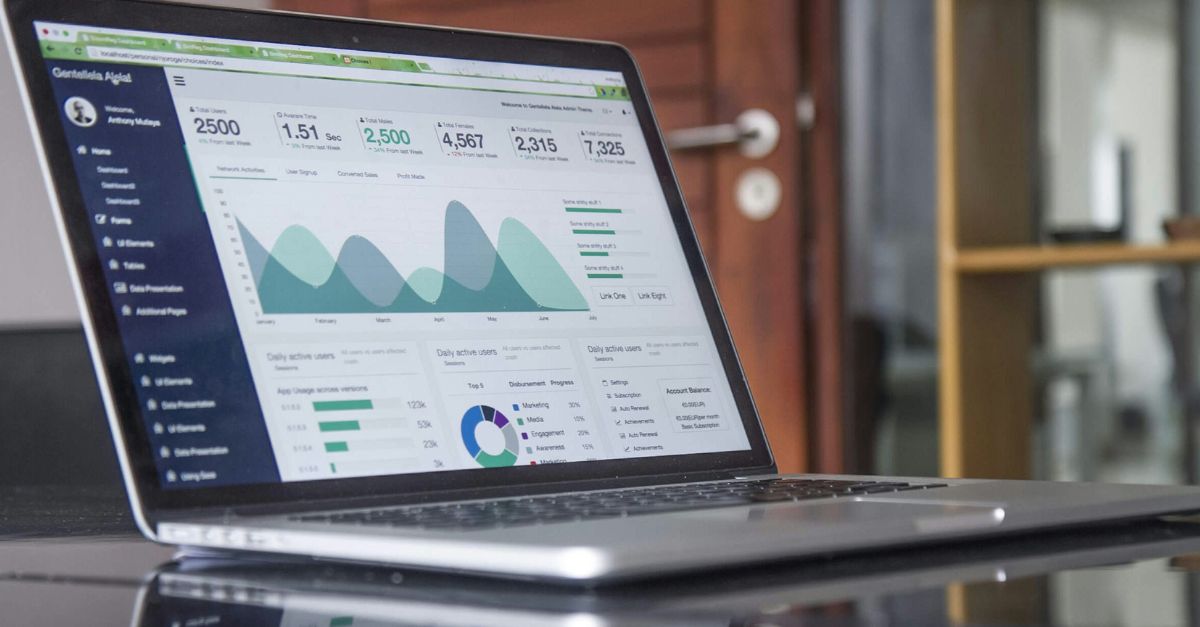7 min read
Unlocking the Future: Forecasting with Vertex AI from Google Cloud
Vertex AI by Google Cloud is a fully managed machine learning platform that makes it easy to build and implement AI across your business. With its...
Converting website visitors into customers isn’t just a nice-to-have; it’s essential for survival in today’s market. Every abandoned cart and unanswered question can feel like a missed opportunity, making the path to conversion a constant uphill battle.
But here's where artificial intelligence (AI) steps in, ready to revolutionize your customer journey. With Google’s suite of AI tools like Vertex AI, BigQuery, and Google Cloud, you can predict your customers' next move, personalize their experience, and guide them from browsing to buying — no guessing required.
Before diving into how artificial intelligence helps, let’s define the two key concepts: conversion and purchase prediction. While these terms are related, they target different stages of the customer journey.
AI is a game-changer when it comes to predicting conversions and purchases. Here's how it works:
Traditional analysis methods struggle to keep up with the vast amounts of data businesses collect. AI excels at sifting through this data, identifying hidden patterns, and predicting conversion and purchase likelihoods.
By analyzing factors like website interactions, user behavior, social media activity, and even weather patterns, AI uncovers connections that humans might miss, giving you a powerful tool for accurate prediction.
AI doesn’t just guess — it builds custom models that predict the probability of conversion or purchase for every individual user.
As AI models learn from more data, they become increasingly precise, giving you a crystal-clear percentage chance of a visitor converting. This empowers you to target your marketing efforts more effectively and tailor your approach based on the predicted likelihood of a sale.
With predictions in hand, you can tailor the customer experience at every touchpoint. For example, high-likelihood buyers could see exclusive offers, while others might encounter content designed to nurture them toward a future conversion.
Personalization at this level removes friction from the customer journey, guiding them smoothly toward completing the desired action.
AI doesn’t just predict — it acts. Based on predictions, AI can automate campaign adjustments, from ad spend and content to offers and promotions. This constant fine-tuning maximizes ROI by ensuring that resources are spent on the most promising leads.
AI doesn’t just highlight what’s working — it uncovers roadblocks, too. For instance, AI can flag cart abandonment patterns and identify friction points in the purchase journey.
By addressing these weak spots, you can optimize the user experience. AI can also spot upsell opportunities, like suggesting complementary products or bundles based on purchase predictions.
Google offers several powerful tools to help you predict customer purchase intent and boost conversions:
Google’s Vertex AI is a unified platform that simplifies machine learning for businesses. It allows you to:
Vertex AI also offers a range of advanced features:
BigQuery, Google’s data warehouse, stores and processes vast amounts of data quickly and efficiently. It helps by:
BigQuery is particularly useful for businesses that need fast, real-time data processing and scalability, making it ideal for handling high volumes of customer data.
Google Cloud ties everything together with a broad set of tools that help businesses optimize their conversion and purchase predictions:
Google Cloud’s integration of these tools offers flexibility and scalability, while also ensuring high levels of security and privacy for your data.
Using AI to predict customer purchase intent provides a range of benefits that can elevate your marketing and sales strategies:
By leveraging Google’s AI tools, you can transform your approach to conversions, improving accuracy and driving sales with confidence.
Purchase prediction is the use of analytical techniques to forecast future buying behaviors of customers based on historical data, patterns, and trends.
This predictive modeling helps businesses anticipate what products or services customers are likely to purchase, when they might make a purchase, and how often, enabling companies to tailor their marketing efforts, manage inventory, and improve customer satisfaction.
Lead conversion prediction is a process that utilizes statistical models or machine learning algorithms to analyze lead data and forecast the likelihood of leads converting into paying customers.
Meet the Author
Promevo is a Google Premier Partner for Google Workspace, Google Cloud, and Google Chrome, specializing in helping businesses harness the power of Google and the opportunities of AI. From technical support and implementation to expert consulting and custom solutions like gPanel, we empower organizations to optimize operations and accelerate growth in the AI era.

7 min read
Vertex AI by Google Cloud is a fully managed machine learning platform that makes it easy to build and implement AI across your business. With its...

7 min read
Artificial intelligence (AI) is transforming businesses across every industry by enhancing efficiency, personalization, and automation. As a...

6 min read
Two prominent types of AI — generative AI and predictive AI — are helping businesses achieve distinct goals, each leveraging advanced algorithms in...